SETOSA var. DEMINUTA J. Meyrán, 1989 (engl./ fr.)
Synonyms :
Echeveria ‘Jim Rundell’
Echeveria rundelli
Echeveria rondelii Hort. Sterk (1989).
Type : Felipe Otero 42, collected March 1975? in rocky soil, east side of cerro near km 25 on road from Tamazulapam to Concepción de Buenavista, Sierra Mixteca, Oaxaca.
Distribution : Mexico (Oaxaca : Sierra Mixteca).
Description by Reid Moran :
Caudex 6 – 8 mm thick, cespitosely branching.
Rosettes 2 – 6 (-7) cm wide, of 30 – 50 leaves.
Leaves green or at first glaucous, ± 2.5 – 3 times longer than wide, oblanceolate, broadly acute, 1 – 3 cm long, 4 – 9 mm wide above, 2 mm wide at base, 1.5 – 5 mm thick, glabrous or commonly with few white hairs 1 – 3 mm long near tip, often in tuft just on mucro but sometimes also scattered on margins or keel or elsewhere on dorsal surfce, or leaves becoming glabrous.
Floral stems 3 – 16 cm tall, 1.5 – 3 mm thick, glabrous to moderately hirsute, with 8 – 23 leaves, the leaves 8 – 18 mm long, 2 – 5 mm wide, 1 – 4 mm thick, glabrous or with hairs as in rosette leaves.
Cincinni 2 – 7-flowered, the pedicels glabrous to hirsute, 1 – 1.5 mm thick, the lower 9 – 18 (-27) mm long, calyx disk 3 – 4 mm wide, the segments 4 – 10 mm long, 1.5 – 4 mm wide, glabrous or commonly hirsute near apex or on upper margins or dorsally, corolla 8 – 12 mm long, 4 – 7 mm thick, glabrous or with scattered hairs.
Cytology : n = 25
Note :
As indicated above, FO-42 is the type of E. setosa var. deminuta. The fact that Otero used the same number also for plants now considered to be E. setosa var. minor suggests that these two varieties are the extremes of one very variable population.
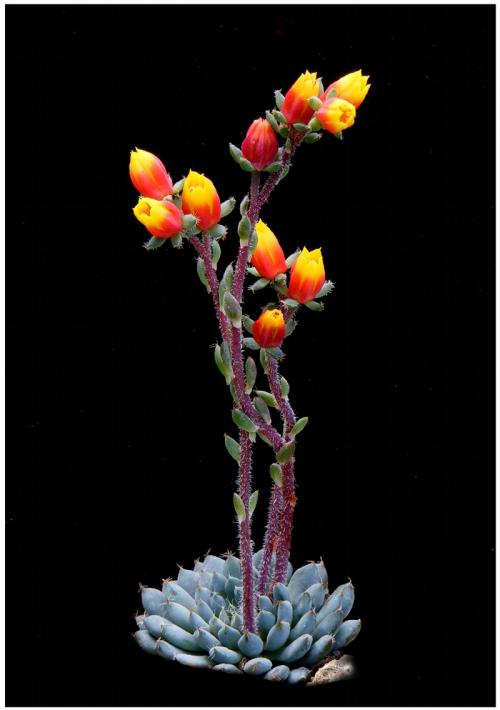
.jpg)
.jpg)
.jpg)
Photos Christophe Camassel
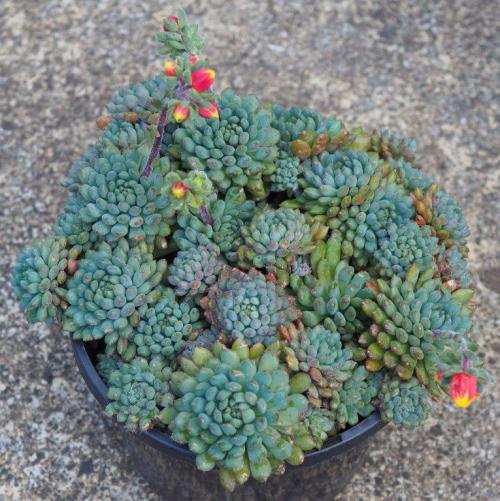
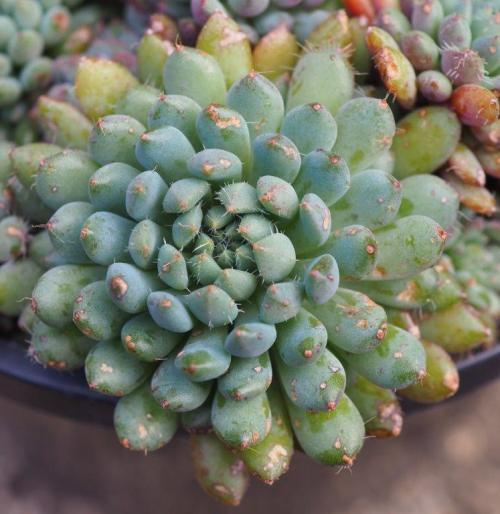
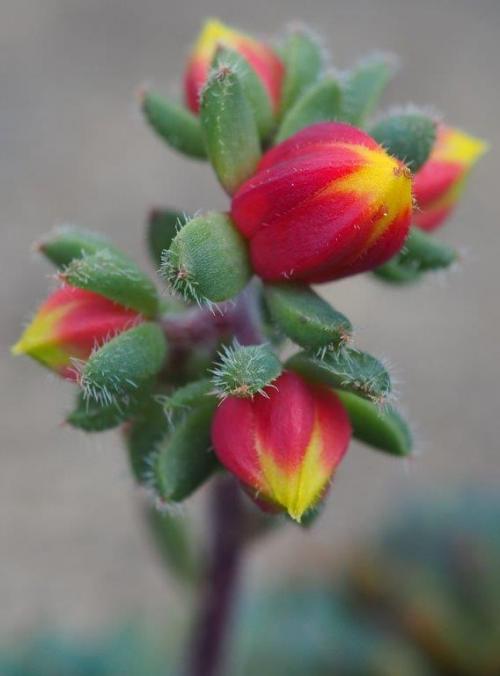
Photos Santino Rischitelli
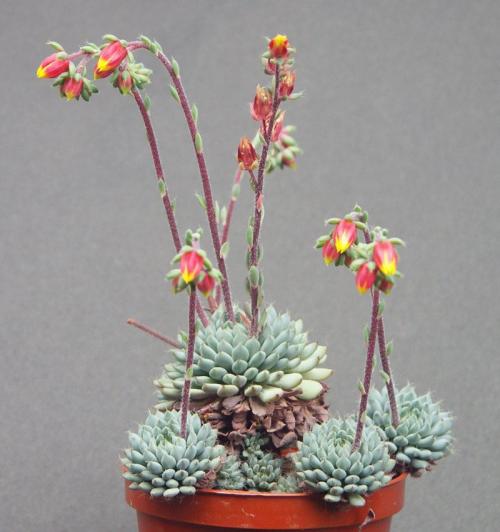
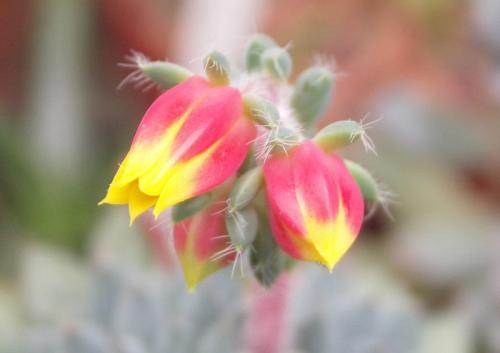
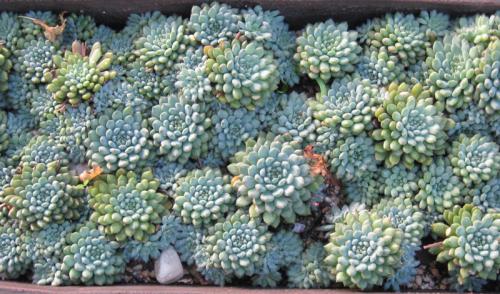
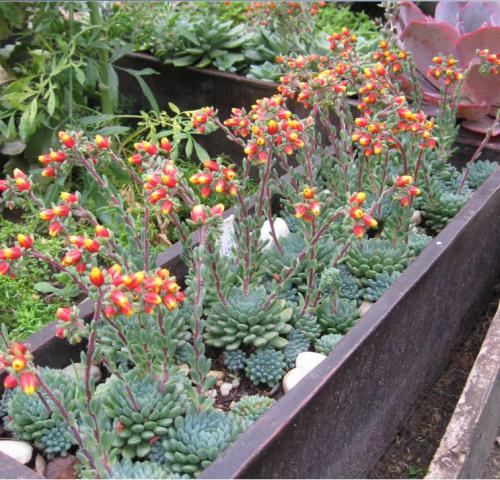
Left E. setosa var. deminuta flowers, right those of E. setosa var. minor :
 mottr.jpg)
Photo Roy Mottram